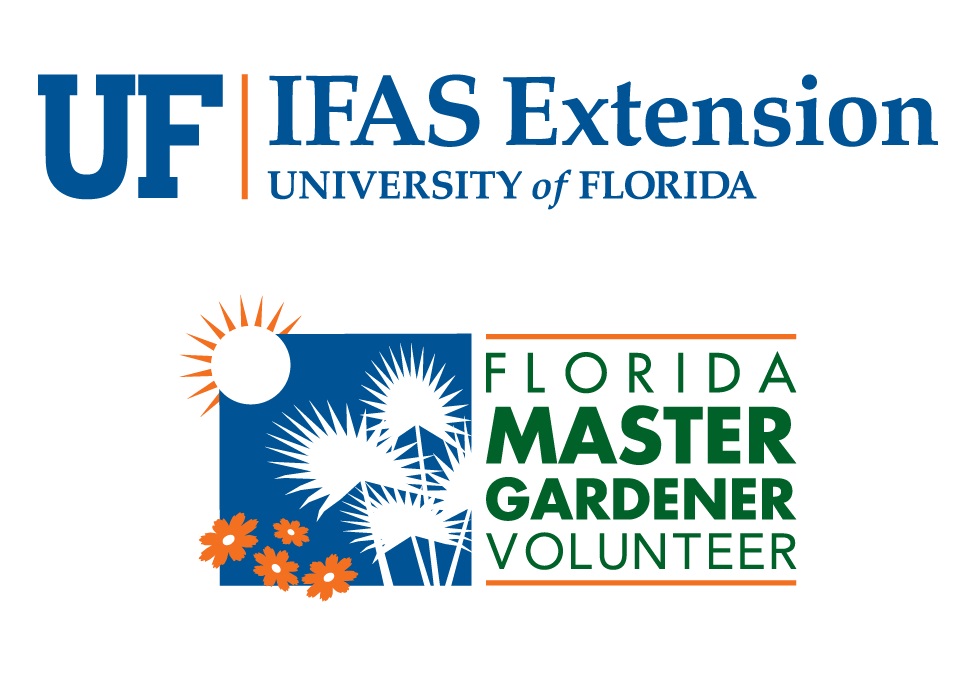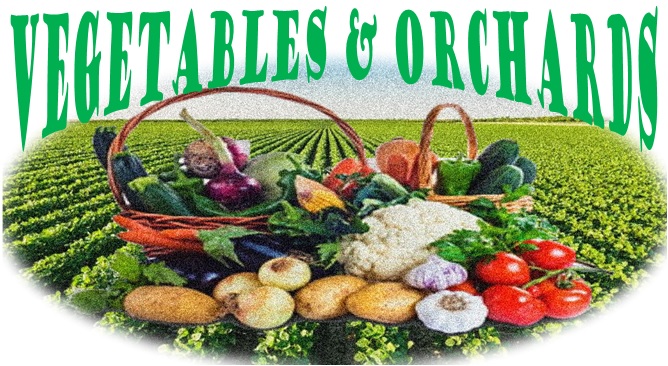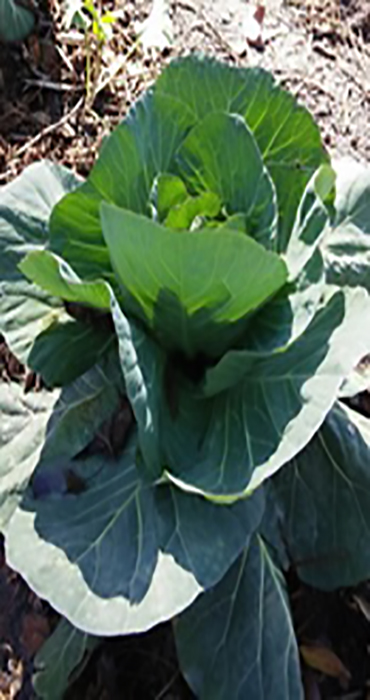Ask Master Gardener Volunteer Linda Clemens


Now that August/September is here, it is time to start some cabbage seeds. Cabbage (Brassica oleracea var. capitate) is a versatile, useful vegetable that is very easy to grow here in north Florida for a winter garden. I start my seeds in a seed flat in August/September so that the plants are large enough to transplant when the weather finally starts to cool down in early October.
There are many varieties of cabbage

There are many varieties of cabbage, with date of maturity ranging from 85 to 110 days from seed. There are red or green cabbages that form smooth round heads and savoy cabbages with crinkled green leaves. Chinese cabbage, also known as celery cabbage, is a tall, mild-tasting cabbage that matures in 70 to 90 days.
Cabbage should be planted in rows that are 24 inches apart, with the individual plants spaced from 9 to 16 inches apart. Cabbage grows best in cool weather, with consistently moist soil. Where we live, irrigation will be necessary for the usually dry month of October. Cabbage worms (the larvae of cabbage moths) will probably show up and eat holes in the leaves; they can be easily controlled with consistent use of a Bt product (Bacillus thuringiensis) or by hand picking when first spotted.
The variety of cabbage that I usually grow is Late Flat Dutch cabbage. This is a large, slow-growing cabbage with a firm core and a flat shape that makes it easy to slice for making sauerkraut. I usually grow ten to twelve heads of cabbage and use about half of them for sauerkraut. Sauerkraut is a fermented pickled cabbage that relies upon naturally occurring organisms on the fresh cabbage leaves to start the fermentation. As the fermentation progresses lactic acid is formed, giving sauerkraut its characteristic tang.
Making and using sauerkraut

Although I have the pottery crock that my great-grandmother Elise Wintermeyer used to make sauerkraut back in Germany a hundred years ago, I prefer the modern alternative of half-gallon wide-mouthed canning jars. One jar will hold about three large heads of cabbage. After washing the cabbage, I shred it finely with a knife and mix the cabbage with salt, packing it firmly into the jars. Fermentation takes about three weeks, depending upon room temperature. Caraway seeds are a nice addition and make the sauerkraut crisper. Once the sauerkraut is finished fermenting, I store it in the refrigerator, where it stays good for several months.
Please read this article for more information about growing cabbage. https://gardeningsolutions.ifas.ufl.edu/plants/edibles/vegetables/cabbage.html.
For more information about making sauerkraut, the National Center for Home Food Preservation at the University of Georgia has a good description of the process at https://nchfp.uga.edu/how/can_06/sauerkraut.html.
If you have any questions or suggestions for future articles please email to wakullamg@ifas.ufl.edu
| The Institute of Food and Agricultural Sciences (IFAS) is an Equal Opportunity Institution authorized to provide research, educational information, and other services only to individuals and institutions that function with non-discrimination with respect to race, creed, color, religion, age, disability, sex, sexual orientation, marital status, national origin, political opinions, or affiliations. U.S. Department of Agriculture, Cooperative Extension Service, University of Florida, IFAS, Florida A&M University Cooperative Extension Program, and Boards of County Commissioners Cooperating |
 0
0
